In a Lonely Place (1950)
“I didn’t say I was a gentleman; I said I was tired.”
|
Synopsis: |
|
Genres, Themes, Actors, and Directors:
Response to Peary’s Review: But it’s the primary players here who really hold our attention: Bogart’s “Dixon Steele” (what a name!) — an “ex-GI who’s been trying to make a comeback since the war ended”, and whose “frustrations have manifested” in both “cynical remarks about the movie industry” and repeated “violent tantrums” — is presented as an admirably complex protagonist. Meanwhile, sexy Grahame (who in real life “was about to get her divorce from Ray”) transcends her initial characterization as a presumed-femme fatale to emerge as a loving and supportive romantic partner. As detectives continue to probe the mysterious case, we’re kept on the edge of our seats: we don’t want to believe that Bogie (our hero!) could possibly have committed the murder, but we slowly see — through the perspective of Grahame, who has “become the main character” — that he’s certainly “capable of such an act”, and we begin to genuinely fear for her safety. The surprisingly downbeat ending packs a punch: it’s realistic, respectful, and decidedly unusual for Hollywood fare at the time. With its smart script, solid direction by Ray, atmospheric cinematography by Burnett Guffey, and fine performances across the board, this fatalistic noir remains a must-see classic for all film fanatics. Note: In Hughes’ original novel, Steele is “a serial sex murderer” who relates the story from his own perspective; clearly, some adjustments were needed before Hollywood would consent to telling this tale! Redeeming Qualities and Moments:
Must See? Categories
(Listed in 1001 Movies You Must See Before You Die) Links: |
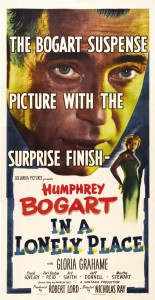
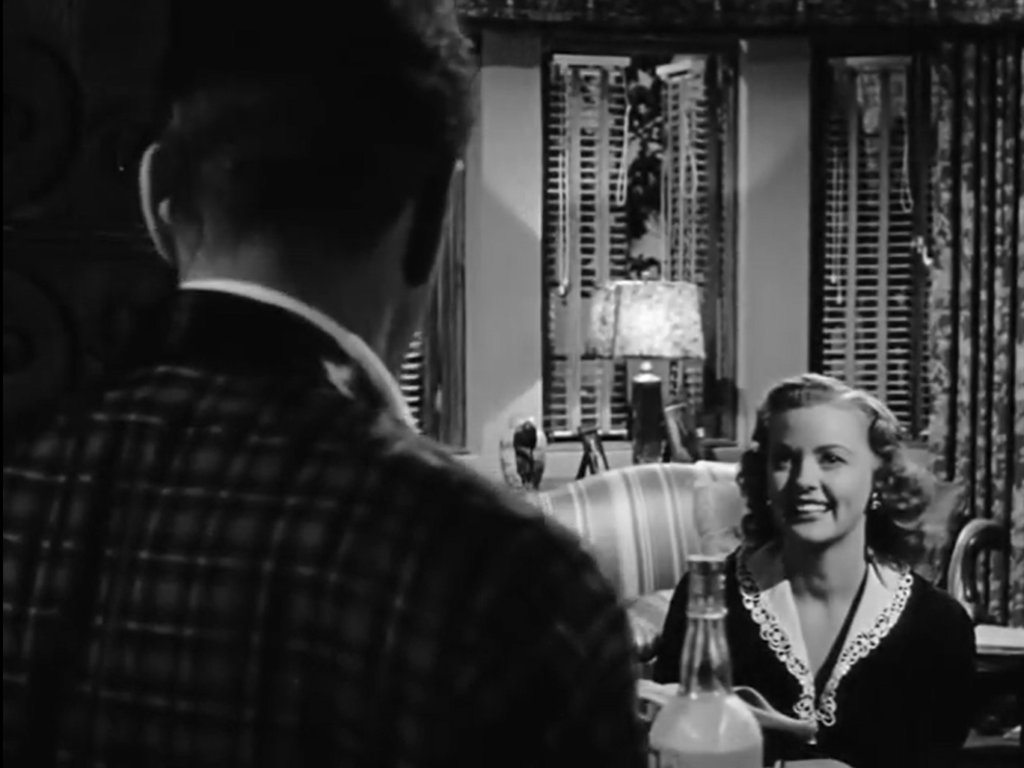

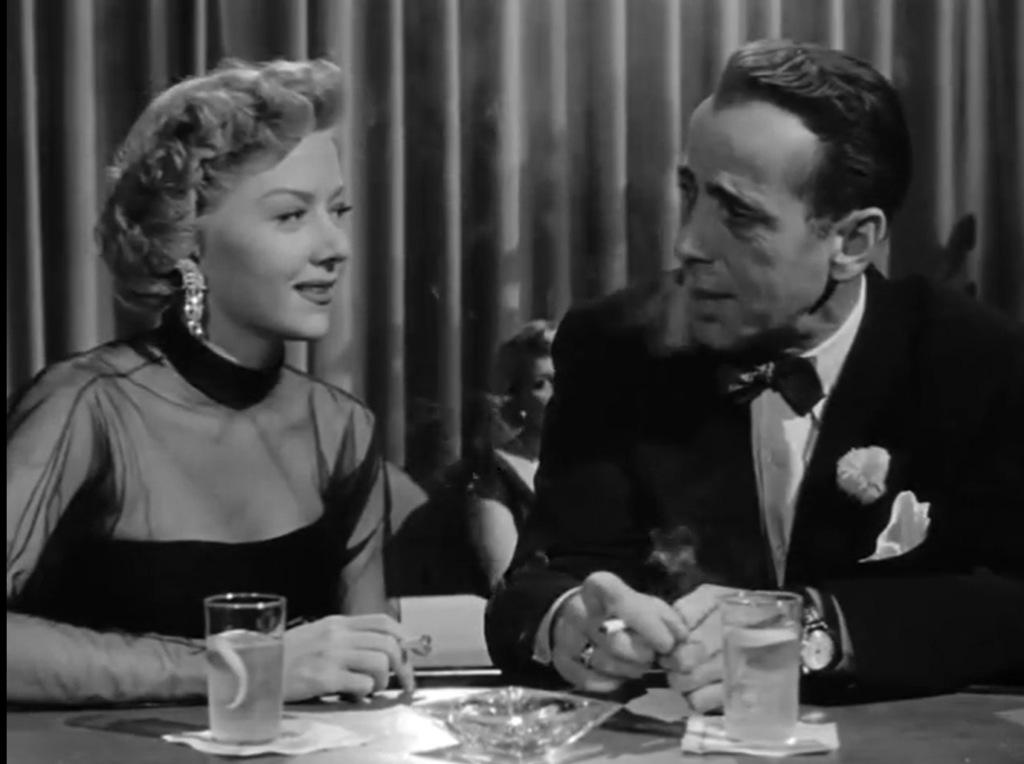

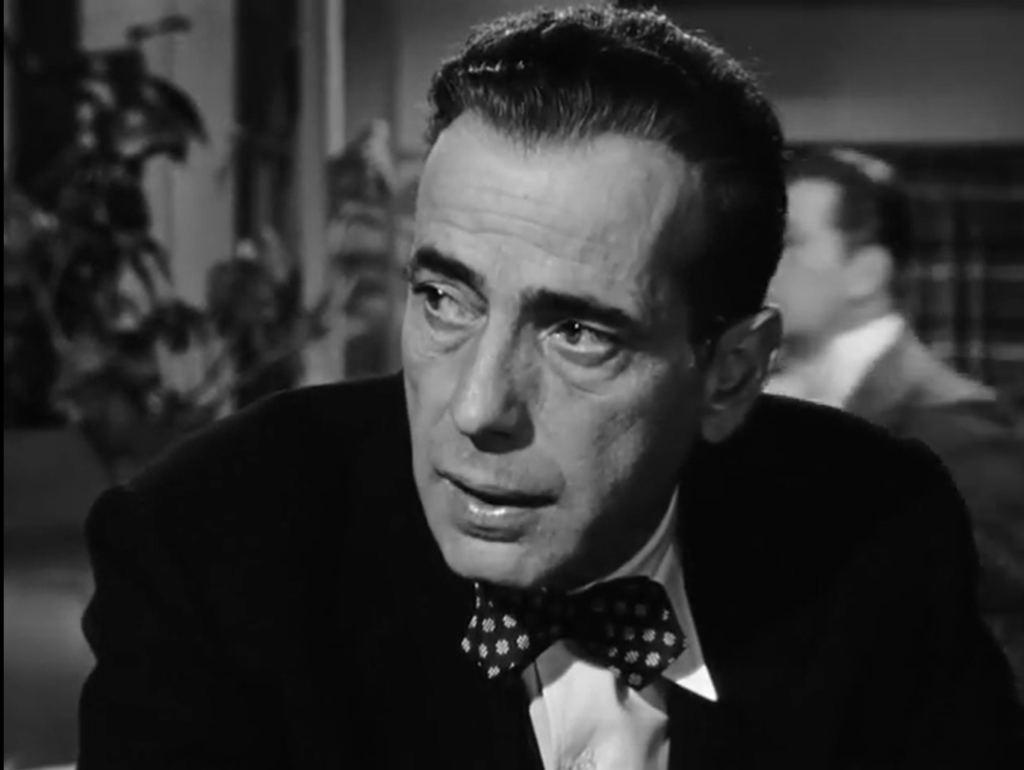
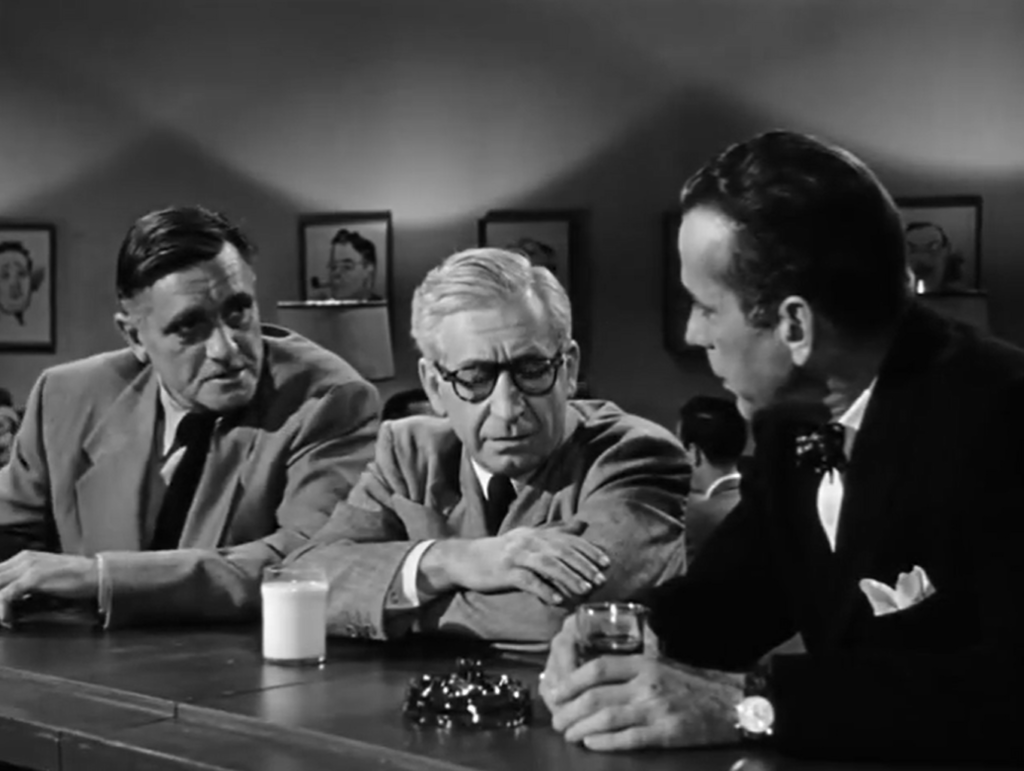
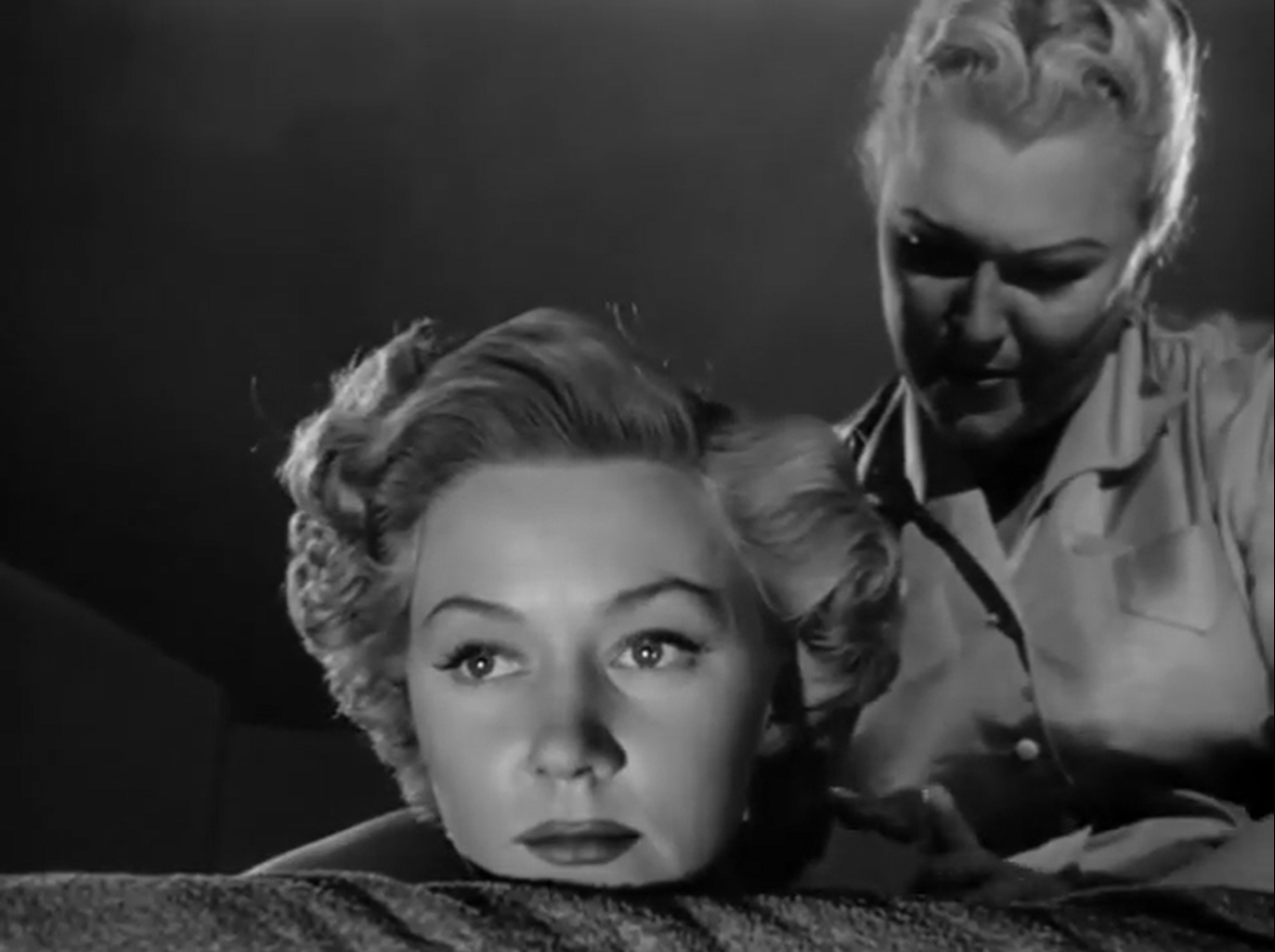

One thought on “In a Lonely Place (1950)”
A no-brainer must-see, as one of Ray’s best films, with strong performances by Bogart and Grahame.
As per my post in ‘The ’40s-’50s in Film’ (fb):
“I wanted you to think about it twice, too.”
‘In a Lonely Place’ (1950): Having just recently read the Dorothy B. Hughes novel (the film credits strangely say “based on a story by”), it was more than just interesting to observe what the Nicholas Ray film uses – and what it doesn’t use – in the screen version (with a script by Andrew Solt, which Ray then tailored to fit not only Gloria Grahame but also his own persona). In the Hughes novel, the main male character is a serial killer – someone who doesn’t have a job (although he tells people he’s writing a crime novel, but isn’t) – and the novel itself has a tone that is very deep in the world of crime. In Ray’s film, Humphrey Bogart (a respected screenwriter) is a guy with a fierce temper and a history of assault… but he hasn’t actually killed anyone. The film keeps most of the same characters (and adds a few – including a more-than-vaguely lesbian masseuse on the sidelines) but, since the film is not *about* a serial killer, it has just about none of the dialogue from the novel, even though a lot of the book’s structure remains intact. The Grahame character (Laurel) is also much less cunning and more sympathetic – and the role (which brought Grahame deserved acclaim) served as the springboard to a string of success for Grahame for a number of years.
…..My review of the novel:
https://www.goodreads.com/review/show/2947587985